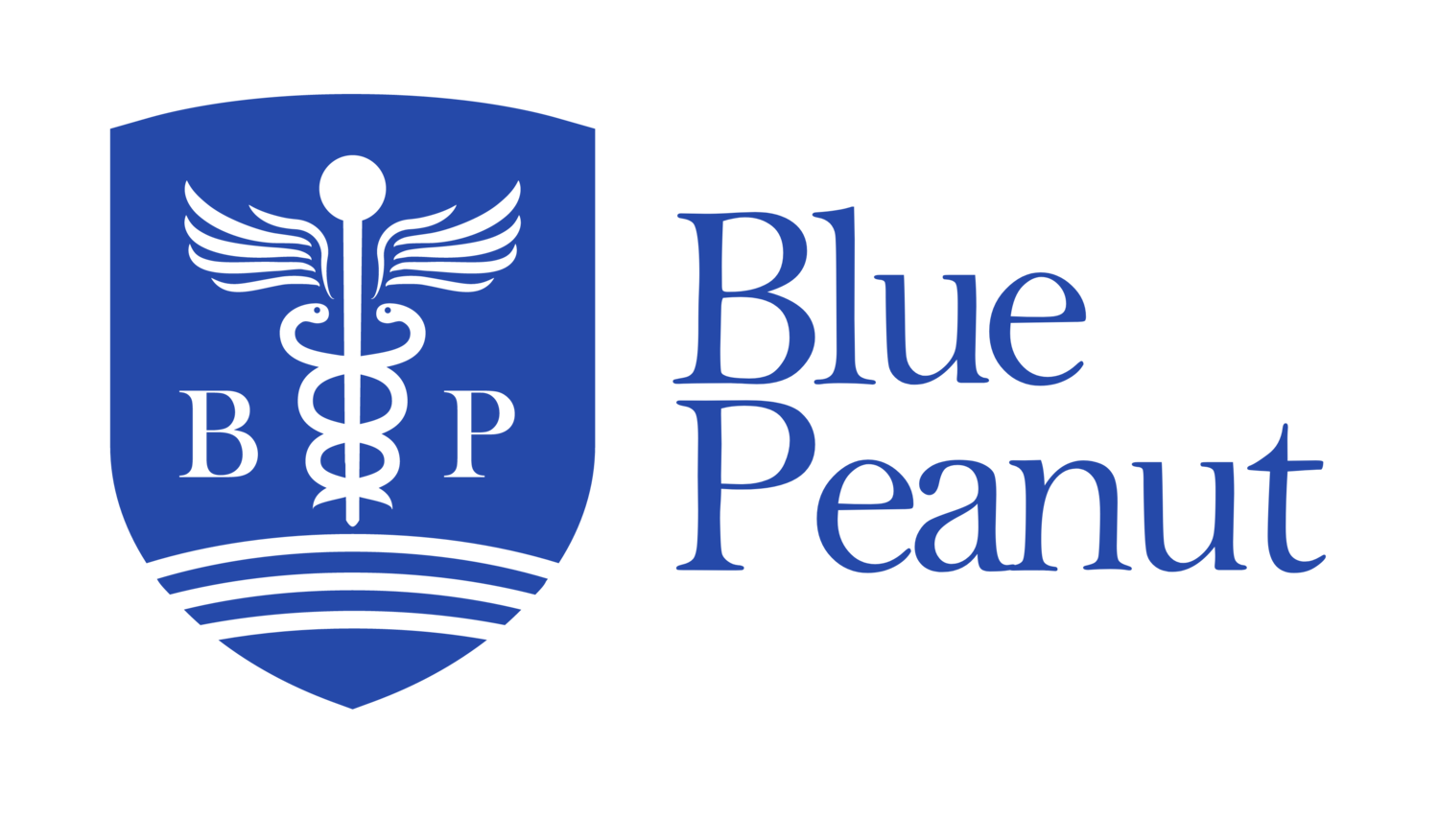How should I dress for my medical school interview?
Traditionally doctors wherever they practice in the world used to wear a lab coat with a stethoscope round the neck.
Complementing this was a tie of the striped or plain variety with a plain shirt. Infection control put a stop to the lab coats as they contributed to infections getting spread between patients and the tie gave something for the patient to strangle you with (as well as a hazard when you were doing resusitation).
You may find some specialities did dress much less formally, such as in psychiatry and substance misuse to try and put the patient more at ease and where seeing a formal dressed person might actually inbibit the consultation. The paediatricians wore ties with cartoons on them as well as fancy accessories on the instruments to help put children at ease and as a distraction when needed. Now that COVID is here, we all tend to go around in surgical scrubs with face masks and ful PPE.
Coming back to interviews, first impressions still count, and now you may be seeing several examiners in your MMI interview. The examiner may well be of the previous generation who holds entrenched views on how students and doctors should dress for interviews, but the fact is that if your appearance is not up to scratch, the examiner will instinctively mark you down. An excellent performance may lose marks which you do not wish to risk.
You may think that you should be marked on your performance in the interview (i.e. what you do and say) rather than what you wear but research over the years has proven that in interviews one of the main determining factors as to who will be a successful candidate is your physical appearance. Also remember to make the effort even if your interview is over Skype or Zoom, as is an increasing trend, especially for international candidates.
For male candidates, a traditional two-piece suit in dark blue or dark grey would be fine with a long-sleeved white shirt. Black suits are out – you are not going to a funeral. You don’t need cufflinks but if you do try and keep them simple. Wear a silk tie either plain in a non agressive colour or with a conservative pattern. Black socks and black lace up shoes. Neat well-trimmed hair – sorry but the tyre track look is out. Clean well-trimmed fingernails and definitely no piercings or earrings. Note there is no need to splash out on designer brands.
For female candidates things can a bit more flexible. Go for a dark suit with a jacket, skirt or trousers. Shoes should have conservative heels. Clear or plain nail varnish and discrete make up. Neat and well styled hair with one pair of earrings only. Try and look more business-like as a guideline.
Now that you know how to dress for success, the next part is revising for all the topics that come up in interviews and practising your skills. Come to our medical school interview course and we will cover both.
